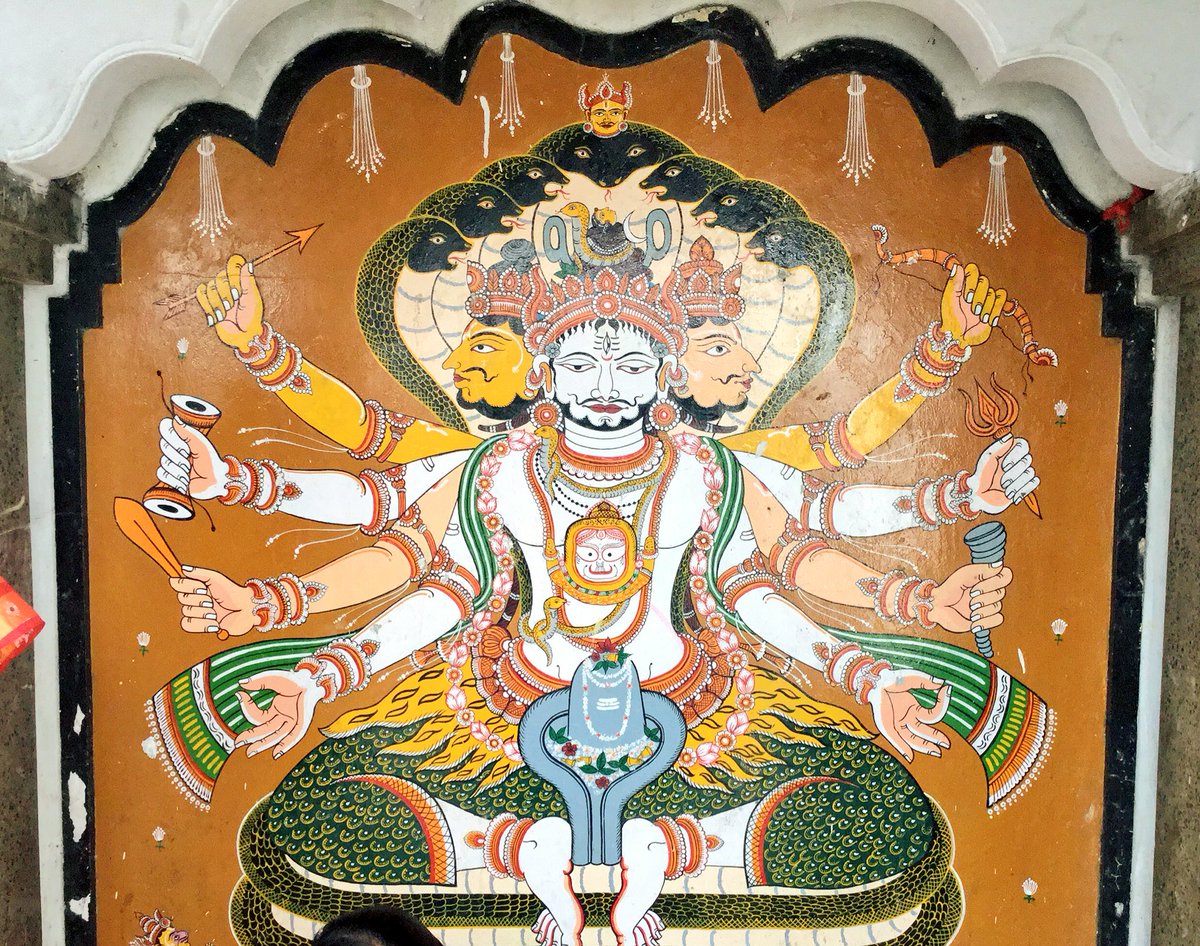The truth of Shiva

I want to talk about the great yogi, mystic, and Adi Guru, Lord Siva. As he is always a focus of my meditation and prayer. He is extremely kind, instructive, and always encouraging for those who are less qualified. I urge you to learn as much about him as possible, you will never regret it.
Lord Shiva is specifically kind to the devotees of Lord Krsna, like me, because he is also considered to be the best of devotees of Lord Krsna. In the Bhagavata Purana, it is stated: "Vaishnavam yatah shambho"(Lord Shiva is the topmost Vaishnava).
I remember finding his temples and sadhus to be particularly attractive to me when I lived in India. In fact, my most mystic dreams and visions have always had some elements of his mood and insights.
Lord Shiva is the deity of Jnana yoga or the yoga which leads to the revelation of self and oneness with all. He is consciousness, light, and wisdom. He is our very self-nature personified for us to better understand the transcendental nature of the self and the games he plays with his Shakti or experience.
 It is important to always understand that the deities of the Vedic and tantric traditions are existing on several levels. Each one can be understood from the Adhyatmic or microcosmic perspective. This means that on one level they represent the various aspects of our self, our psychology, and our abilities. In this sense, Shiva represents our consciousness.
It is important to always understand that the deities of the Vedic and tantric traditions are existing on several levels. Each one can be understood from the Adhyatmic or microcosmic perspective. This means that on one level they represent the various aspects of our self, our psychology, and our abilities. In this sense, Shiva represents our consciousness.This is explained in the third skandha of Srimad Bhagavatam where Sri Kapila deva described the Purusha form and how it was only brought to life when consciousness, described to be Lord Shiva, entered his heart.
Lord Shiva is also a manifestation of Bhagavan Sri Krsna in Santa Rasa and has his abode beyond the Brahma-Jyoti in Mehesha Dhama, also known as Kailasha.
He is, therefore, the beginning of the personal conception of the Godhead. This perception of Lord Shiva is on the level of Adiyajna or the platform of Godhead and is therefore on the level of the greater self or Paramatma, the Macrocosmic lord.
Both understandings of Lord Shiva are valuable for seekers because by viewing every deity in this way than the vision of simultaneous oneness and difference can be experienced
If only Adhyatmic is seen then we fall into monism and if only the Adiyajnic view is taken then we fall into dualism. Neither one on their own will grant full siddhi and bhakti.
The mantra for lord Shiva which is very popular throughout the tantras is his five syllable mantra, Namah sivaya. This mantra recited for extended periods according to the proper methods will grant darshana of both your own self, or the microcosmic Shiva as well as the Shiva the lord of mystics, the macrocsomic self, the destroyer of all illusion.
 Another is the famous mantra Ham-sah or the ajapa mantra of the breath. This mantra helps to re-identify with our Siva nature, Consciousness!
Another is the famous mantra Ham-sah or the ajapa mantra of the breath. This mantra helps to re-identify with our Siva nature, Consciousness!The Brahma Samhita states that the difference between Shiva and Visnu is like the difference between milk and yoghurt. Although yoghurt is clearly a transformation of milk, it is not different, yet they are not altogether the same either. We hold Lord Shiva to be the dearmost devotee and expansion of Sri Baladeva, the original illuminating principle.
May this post help you reawaken to your own Shiva nature beyond the three qualities of material nature and thus become eligible for the bliss of pure divine love.
#Jainitai


Comments
Post a Comment